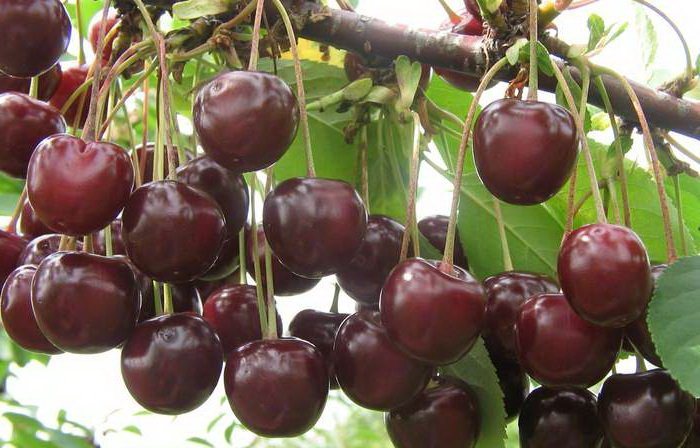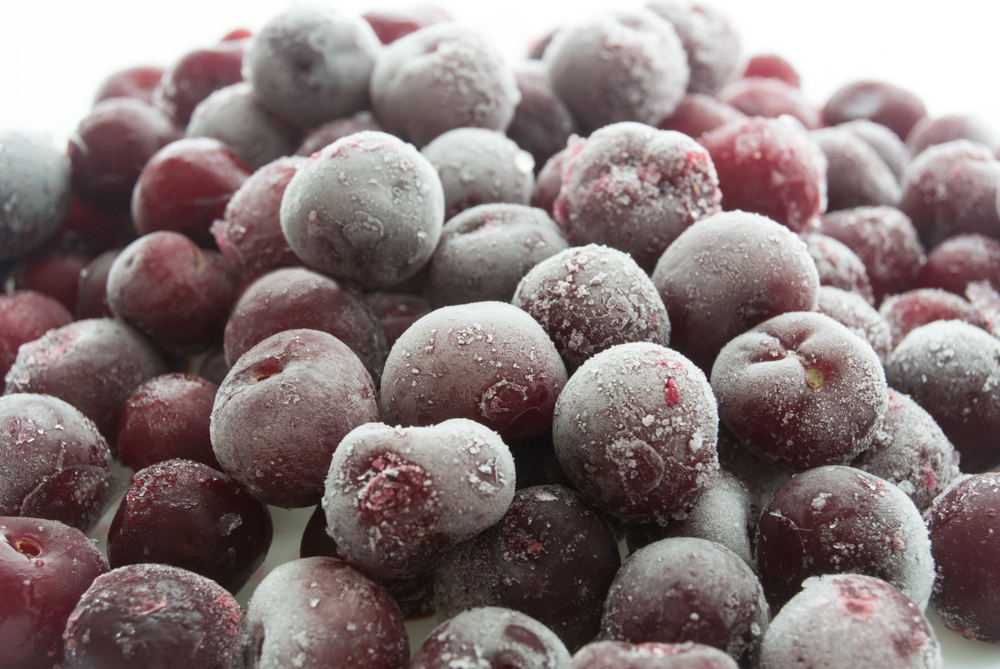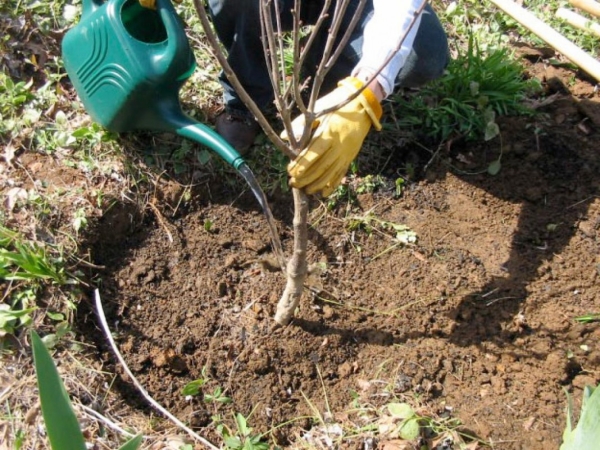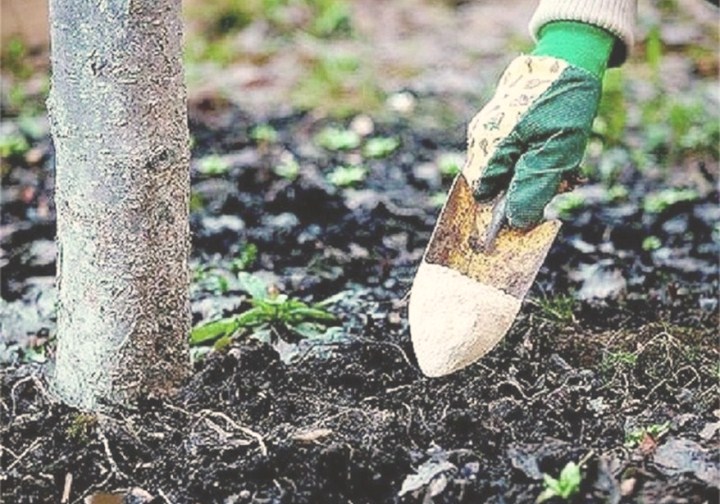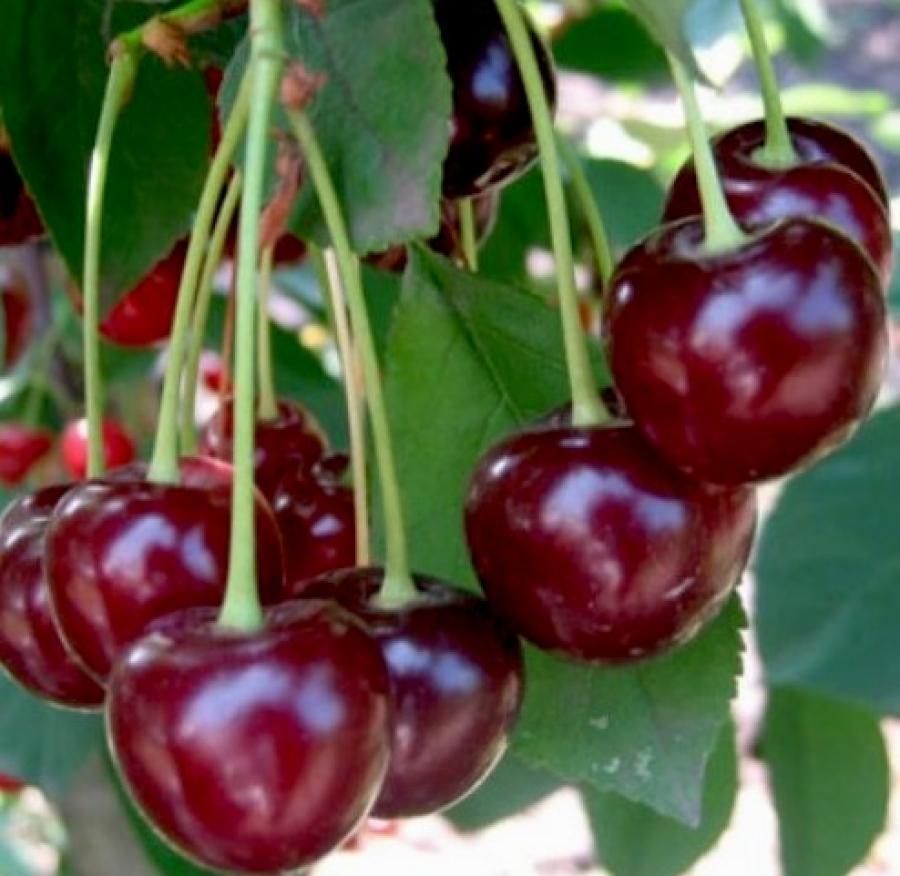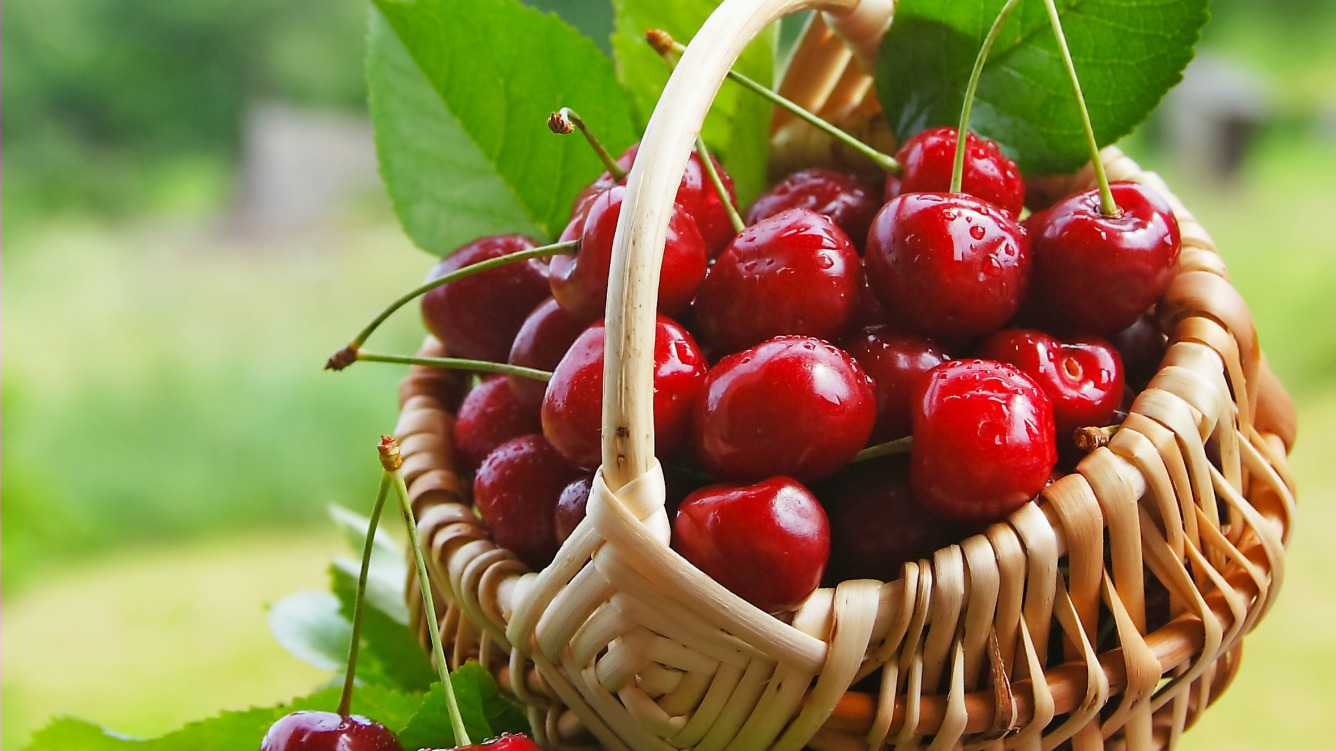Content:
Cherry and cherry hybrids - dukes - combine the properties of both crops. From the sweet cherry they got early ripening, large sweet fruits. From cherries - frost resistance, disease resistance (coccomycosis and moniliosis) and a characteristic cherry aroma. This type of fruit plant includes the Shpanka cherry. The name translates as "Spanish". This variety appeared in Ukraine at the beginning of the 19th century, it can be said purely by chance: in the garden of an amateur gardener, cherries and cherries were accidentally pollinated - a new culture was bred, which spread widely throughout Ukraine, Moldova, in the southern regions of Russia.
Breeders based on Shpanki have created several varieties: Bryansk, Donetsk, Shimskaya. These varieties differ from each other in height, size of berries, degree of frost resistance, ripening and the beginning of fruiting. Adapted for different regions of Russia.
Characteristics of the variety
Shpanka is a tree-like cherry. The height is 5-6 m, the crown is round, medium branched. The branches are located at an obtuse angle, often break under the weight of the berries. The leaves are large, dark green, pointed with a serrated edge.
Begins to bear fruit at the age of 5 - 6 years. The greatest yield is given in the 15th year of life - up to 50 kg per tree.
Abundant flowering occurs in May. Flowers are white, collected in umbrella inflorescences, 2-3 pieces.
The fruits are large (weighing up to 5 g), dark red with a brown tint, glossy with a diameter of 1 cm. The small size of the stone is easily detached from the juicy light yellow pulp. Sweet and sour taste is closer to sugary. Transport is poorly tolerated, crumpled and flowed.
Cherries grow in garlands along the entire length of the branch or are collected in bouquets. They are prone to shedding. Breeding subspecies of Shpanki ordinary have varietal characteristics:
- The Shpanka Bryansk cherry variety is listed in the State Register, the berries are transportable, they do not crumble from the tree.
- Donetsk begins to bear fruit earlier, already for 3 - 4 years, is common in Ukraine, Moldova, in the south of Russia.
- In the Shpanka variety, early cherries appear in 2-3 years. The yield peaks in 8-10 years.
- Shimskaya zoned in the Leningrad, Pskov and Novgorod regions ripens in mid-June.
- Dwarf in height does not grow more than 3 m. Adapted to the conditions of western Siberia.
Spanki berries are used for homemade preparations: jams, compotes, pickling, freezing, wine.
Cherries are one of the healthiest berries. The fruits contain easily digestible sugars (glucose, fructose), fiber, succinic and citric acids. Many vitamins of group B, C, PP, folic acid. The fruits are rich in potassium, phosphorus, sodium, calcium, manganese, iron, sodium. The consumption of cherries helps to strengthen capillaries, remove harmful substances and excess cholesterol from the body, helps the liver, kidneys, and intestines.
Agrotechnics
The cherry tree is unpretentious, cultivation does not require daily routine work. To get a good harvest every year, you need to follow the recommendations for planting and care.
Landing
Saplings for planting are suitable for one-year and two-year. The root system should be well developed, without damage, occupy the entire volume of the container in which the shoot is grown, and the aerial part should be even with living buds.
The key to success is the correct choice of variety and place of planting trees. Shpanka is ordinary, Donetsk is suitable for the south of Russia, Bryansk, Shimskaya - for Moscow, Leningrad regions, central Russia, dwarf - for Western Siberia.
Shpanku should be planted in the lightest place in the garden area, protected from northern winds, with a deep bed of groundwater (no closer than 2 m).
Grows well on light sandy loam or loamy soils with a neutral acidity level.
Landing is carried out in two ways:
- dimpled;
- hill.
The traditional method of planting a seedling is to prepare a planting hole with a diameter of 80 cm and a depth of 60 cm. A layer of crushed limestone is laid on the bottom for drainage and regulation of the acidity level in the soil. The soil is mixed with dolomite flour or chalk (3-5 kg per well), which will provide the plant with calcium and help deoxidize the soil. Organic matter is filled up: compost, humus, peat.
The young shoot is dug in so that the root collar is at ground level. In no case should it be deepened. A roller is poured at a distance of 30 cm from the stem - a near-stem circle is created. This is necessary to retain moisture.
Planting fruit trees on hills is becoming more and more popular. The sod is removed, a peg is installed, a seedling is tied to it, and covered with earth. This landing method has a number of advantages:
- the soil in the mound is better ventilated, the roots are provided with air;
- water does not stagnate at the root collar, goes into the ground;
- in the fall, the poured soil cools faster, the plant retires in time;
- in the spring, the roots warm up earlier and begin to work.
Care
The variety does not require frequent watering. It is enough to water an adult tree 2 times per season: the first one - immediately after flowering for better formation of ovaries, the second - when fruiting is over, to provide the tree with moisture until spring. Water it abundantly so that the soil is saturated by 60 cm. One plant needs 5-6 buckets of warm water.
For 2-3 years after planting, it is not necessary to feed Spank with organic matter. She eats what is put in the landing hole. Then, once every 2 years, you need to water the tree with a mullein solution mixed with ash.
Cherries develop a lot of root growth, which must be removed regularly. Strong offspring go to seedlings. Cherry is not propagated by seeds (seeds).
The bark of Shpansky cherry is prone to cracking and sunburn during the winter. To preserve its integrity, the trunk and branches are whitened in autumn. If there are breaks, cracks, they are covered with garden pitch or clay.
Harvesting
Shpanka's cherry ripens at the end of June.
You need to pick berries with a stalk on clear sunny days, so it will last longer.At room temperature, dry intact fruits are stored for no more than a day, in the refrigerator - up to 2 weeks. Ripe fruits crumble, so you need to collect them every day.
Advantages and disadvantages of the variety
The advantages of the Spunk cherry include:
- resistance to low and high temperatures, it takes a long time without watering;
- early and long-term fruiting;
- sweet juicy berries;
- the harvest increases from year to year;
- immune to coccomycosis and moniliosis.
Cons of the variety:
- the height and size of the tree make it difficult to care for and harvest;
- poor transportability;
- yields a crop only after 5-6 years;
- the need to plant pollinating trees.
The Shpanka cherry variety has a long history, but is still popular with gardeners to this day. With proper care, it gives a high and stable yield. The subspecies bred by breeders are adapted to various climatic regions of Russia.
